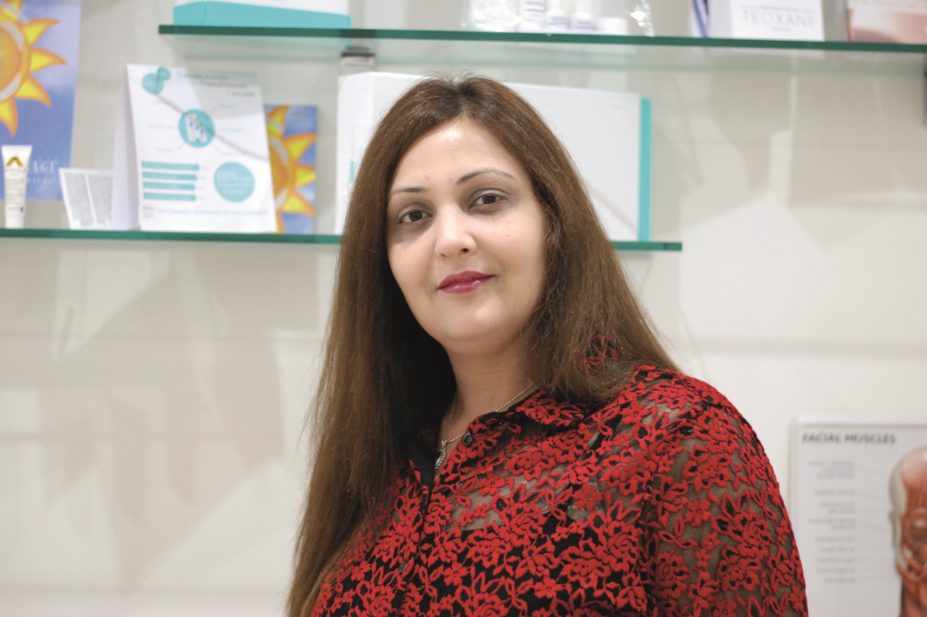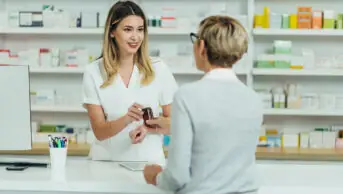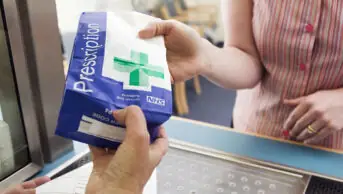
Rakesh Patel
Why did you decide to go into aesthetics and what sort of training did you have to do?
After qualifying from the University of Brighton in 1996, I initially worked for Boots for seven years. I then worked as a locum until I became a superintendent pharmacist at an independent pharmacy. I started working as a pharmacy manager at Sainsbury’s in 2008.
My journey into aesthetics began when I went for a consultation in Harley Street — I was astonished by the number of cosmetic clinics on just that one street.
The following day, I phoned a few companies to find out about training to become an aesthetic practitioner, only to be told that I needed to be an independent prescriber. My manager at Sainsbury’s agreed to allow me to train as a prescribing pharmacist, so I applied to the University of Brighton. After shadowing a doctor for 100 hours and attending university on a part time basis for six months, I qualified in 2010.
Once I qualified, I applied for an aesthetics course and started in 2011. Initially, most companies said that they would not train me because I am a pharmacist — it was not in their protocols and they had never had a request from a pharmacist before — but I did not give up and eventually found one called Medics Direct.
I completed a wide range of facial aesthetics courses, such as administering Botox, Sculptra and other fillers, mesotherapy, which involves multiple injections into subcutaneous fat, and skin needling, a technique used to stimulate the body’s own repair mechanisms. Initially, the training was basic but I have since taken more advanced courses, and I continue to attend courses about new therapies that may help my clinic, which I opened in 2011. In 2013, I also began working as a consultant and prescriber at a slimming clinic.
Do you use your pharmacy training in everyday practice and, if so, how?
My pharmacy knowledge helped throughout the aesthetics courses, particularly because I could understand facial anatomy and dilutions for filler injections. Additionally, as pharmacists, we have a good rapport with our patients — we understand the importance of taking a patient’s medical history and patient confidentiality.
When a client asks what I am putting in his or her face, I can use my pharmaceutical knowledge to explain and help the individual understand how each treatment is different and how it works. The client then feels empowered and has confidence in me as a clinician, which is a win-win situation.
I love being able to work as a community pharmacist and run my own aesthetics clinic at the same time. At the clinic I have learnt a lot about marketing, client satisfaction and advertising. It’s so rewarding when I see how delighted my patients are after I’ve given them a treatment.
What obstacles did you encounter in setting up your clinic?
After I qualified, I wanted to work in the NHS but I was told there were no opportunities in GP surgeries or in emergency after-hours services.
When I started my clinic, I needed personal liability insurance. Initially, this was straightforward but Sir Bruce Keogh’s ‘Review of the regulation of cosmetic interventions’, published in April 2013, stated that only medically trained individuals (doctors, dentists and nurses) should be allowed to train in aesthetics. However, the government rejected this suggestion, so I managed to secure insurance for the following year.
What advice would you give to another pharmacist interested in pursuing aesthetics?
I would advise other pharmacists to do the independent prescribing course — if this interests them, it can open a whole world of opportunities, including aesthetics. I would like to see more prospects for prescribing pharmacists within the NHS sector and I hope this will encourage our young and newly-registered pharmacists to work in different fields.
Recently, the legislation on aesthetics has become tighter and there are not many companies that will train prescribing pharmacists, so it can be a challenge to get started. Training courses and liability insurance are also expensive, but I think it’s worth it in the end.
What are your career goals for the future?
I would like to see my business grow by opening my own chain of clinics. This could create job opportunities for other pharmacists, for whom I could provide aesthetics training.
As pharmacists, we can often become isolated — I think it’s important for us to work alongside other healthcare professionals where possible. To make this easier, I would like prescribing to be included in the pharmacy degree in the future.


